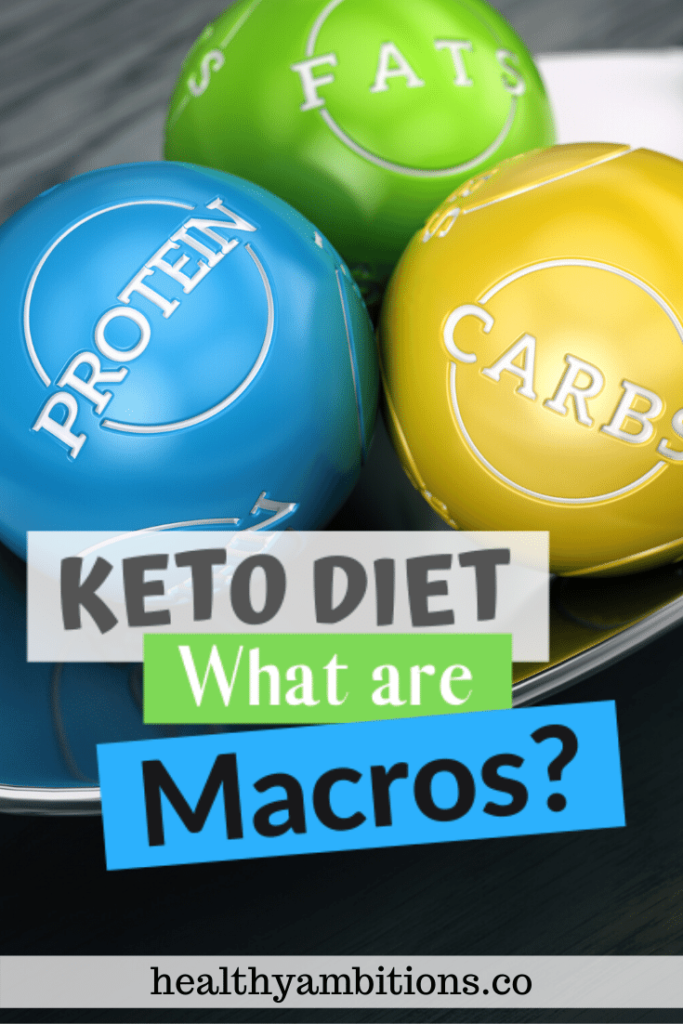

Go for juicy chicken thighs instead of lean chicken breasts. Bacon is perfect for upping your fat intake – but be mindful of hidden carbs in sugar cured bacon. Here are a few ways to incorporate more fats into your diet:īuy fattier cuts of meat to boost your fat intake. High quality fat sources include: grass-fed beef, grass-fed butter, eggs, coconut oil, olive oil & avocado oil. 10-6=4 net carbsĮating healthy fats is a big part of this diet, and with 70% of your caloric intake coming from fats, selecting high-quality fats is important. You subtract 6 grams of fiber from 10 grams carbohydrates to get 4 net carbs. You can subtract fiber from total carb count because dietary fiber has been shown to have little impact on your metabolic stateĮxample: a package of spinach has 10 grams carbohydrates and 6 grams of fiber. Generally, you can assume you should be eating 20 net carbs or less when starting a ketogenic diet.Ī net carb is calculated by subtracting fiber from total carbs. Achieve a state of ketosis you’ll want carbohydrates to make up no more than 5% of your total caloric intake. The goal of maintaining this macro ratio is to get your body into a state of ketosis and start burning fat for fuel.Ĭarbohydrate restriction is key when following any low carb diet. You’ll have to experiment with carb and protein intake to see what works for you. Depending on your individual goals, you may eat slightly more protein and carbs, or less. If you are having trouble calculating your caloric intake and keto diet macros, you can use my macro calculator located here to ensure you get the right amount of protein for your body type.Generally you’ll want to keep your keto diet macros at a 75%/20%/5% ratio for fat, protein and carbohydrates. Many recipes available here will help you achieve these ratios easily without fuss.

So to effectively trick your body into burning fat for fuel instead of carbohydrates (glycogen), you need to follow these macronutrient ratios. You can read about why this is not the case in Nina Teicholz The Big Fat Surpise He studied 7 different countries and their nutritional habits, eventually coming to the conclusion that fat was the culprit to heart disease. You have to understand that during this time, heart disease was a major cause of death for a large percentage of the world’s population, and no one knew the cause. It’s because fat was deemed the bad guy during the 80’s when Ancel Keys came to the conclusion that fat caused heart disease. Why are carbohydrates so bad?Ĭarbohydrates are present in a lot of the foods we currently have access to. Nutritional ketosis enables your body to create ketones that fuel your body and your brain.Ĭarbohydrates on the other hand inhibit your bodies ability to create ketones, and this is known as being “kicked out of ketosis”. Protein is a building block which your body requires but doesn’t directly translate this into energy.Įating with the following macronutrient ratios is what is known as nutritional ketosis.

To do this effectively, you must also restrict carbohydrates at the same time. Macro nutrients are so important on a ketogenic diet is because you want to get your body used to metabolise fat as an energy source, instead of carbohydrates. The easiest way to remember keto diet macros is by associating micro with small, so the trace elements in food are the smallest part, therefore micronutrients. 5% Carbs – 20% Protein – 75% Fats Difference between Macro and Micro Generally, the keto diet macros vary within the following ranges: 60-75% of calories from fat (or even more), 15-30% of calories from protein, and. These are known and macronutrients and micronutrients. In nutrition science, there are two different types of areas that food is made up from. The most simple to understand is macronutrients (otherwise known as macros). The ketogenic diet consists of many different types of food rules.


 0 kommentar(er)
0 kommentar(er)
